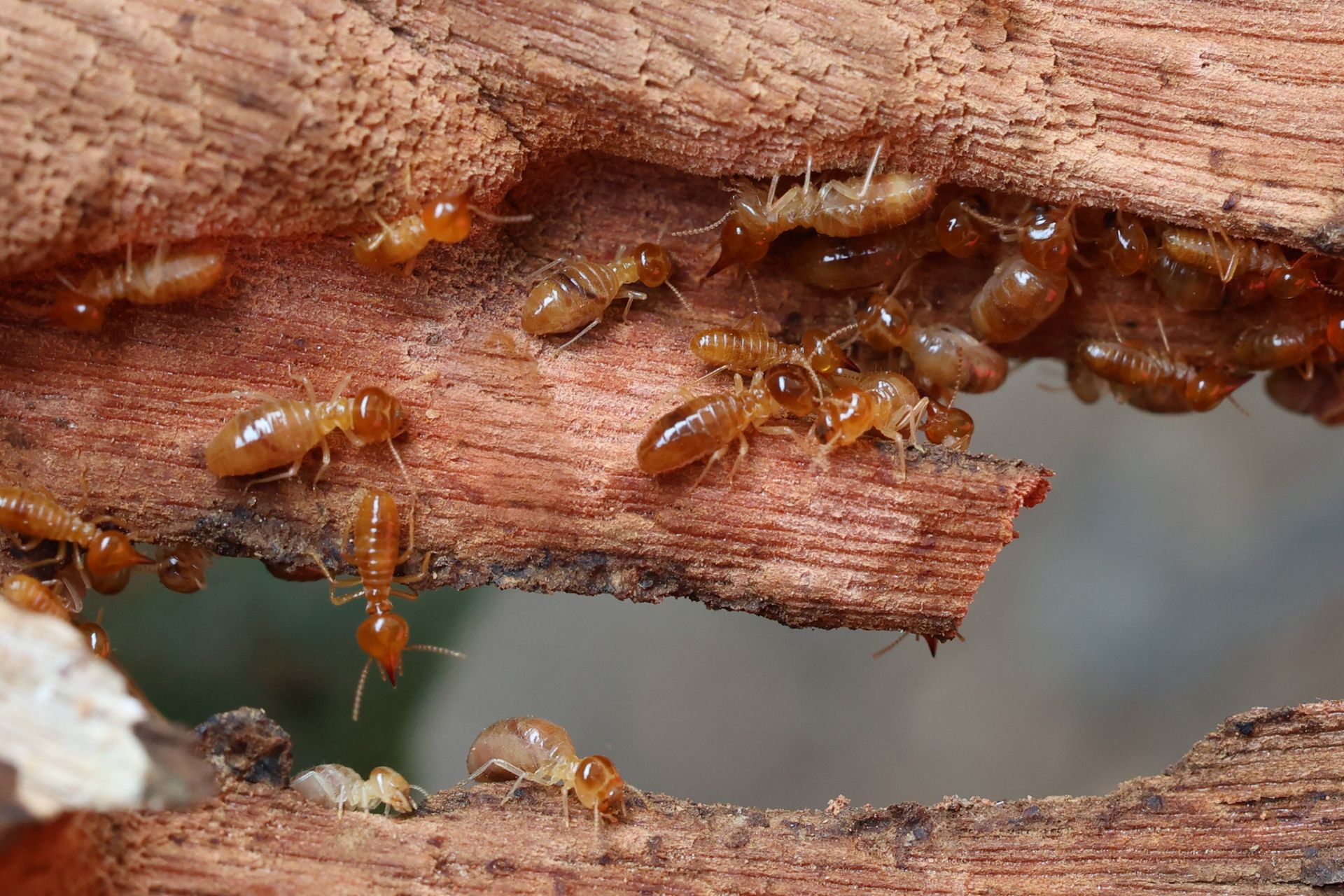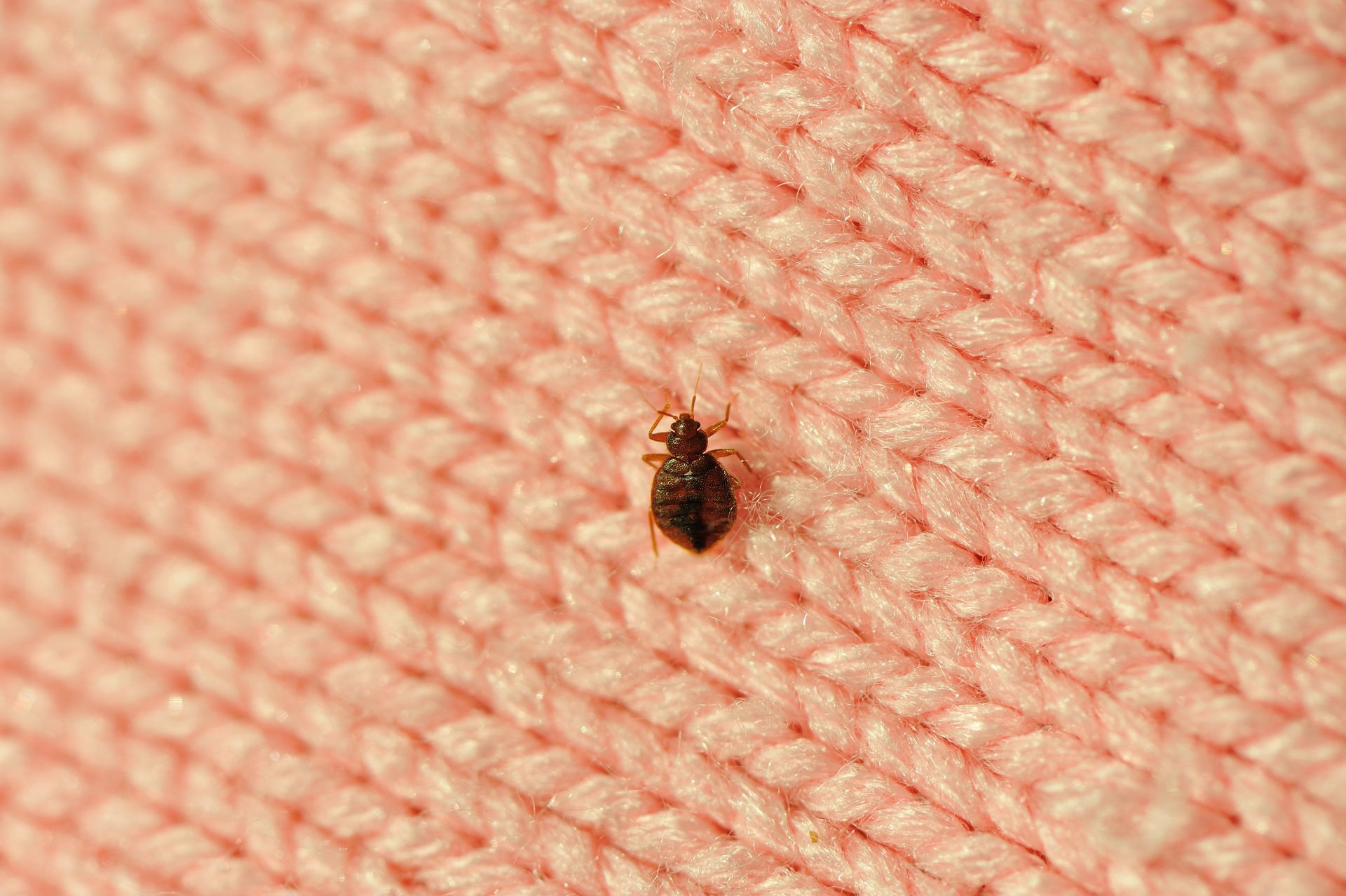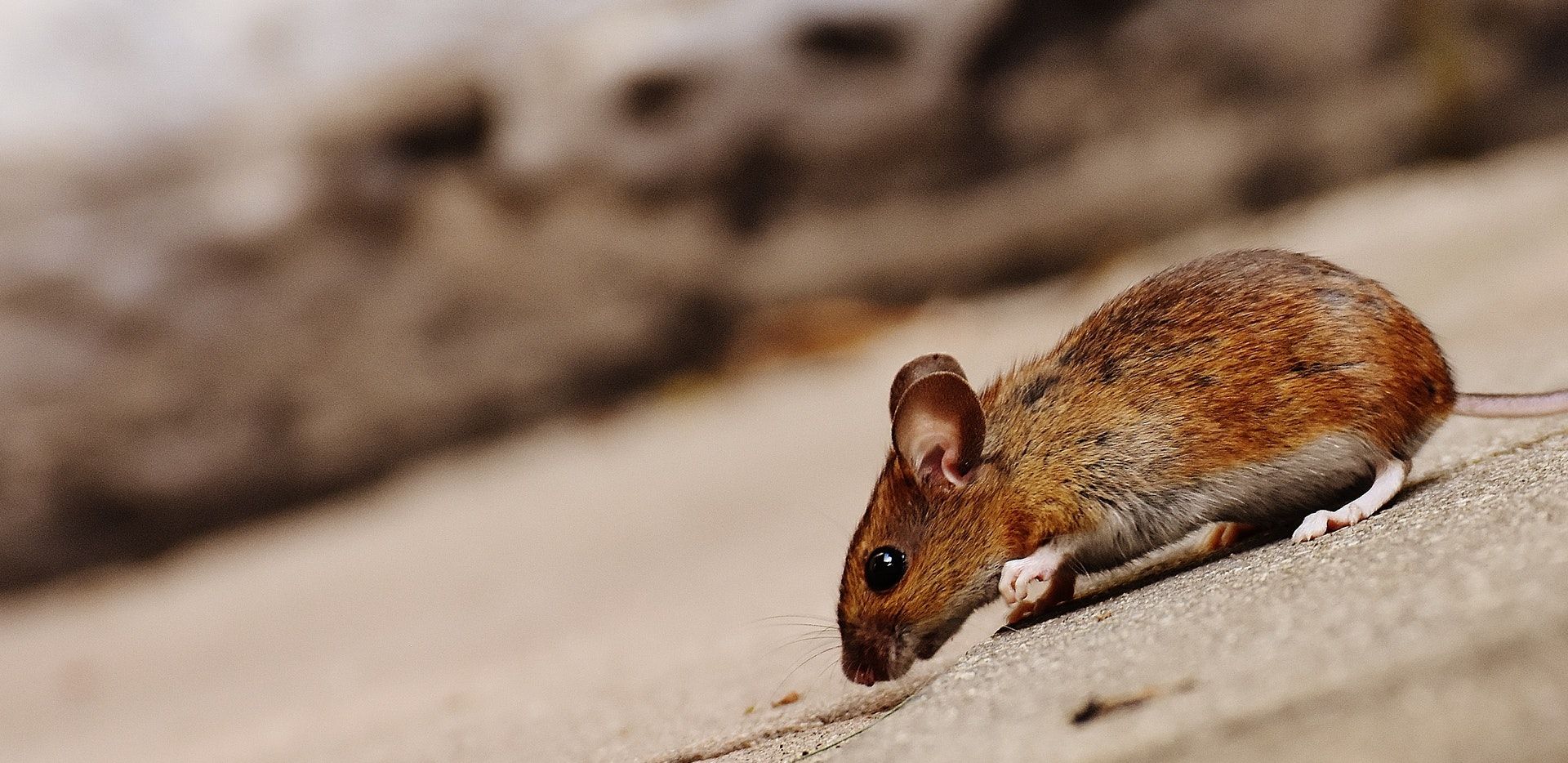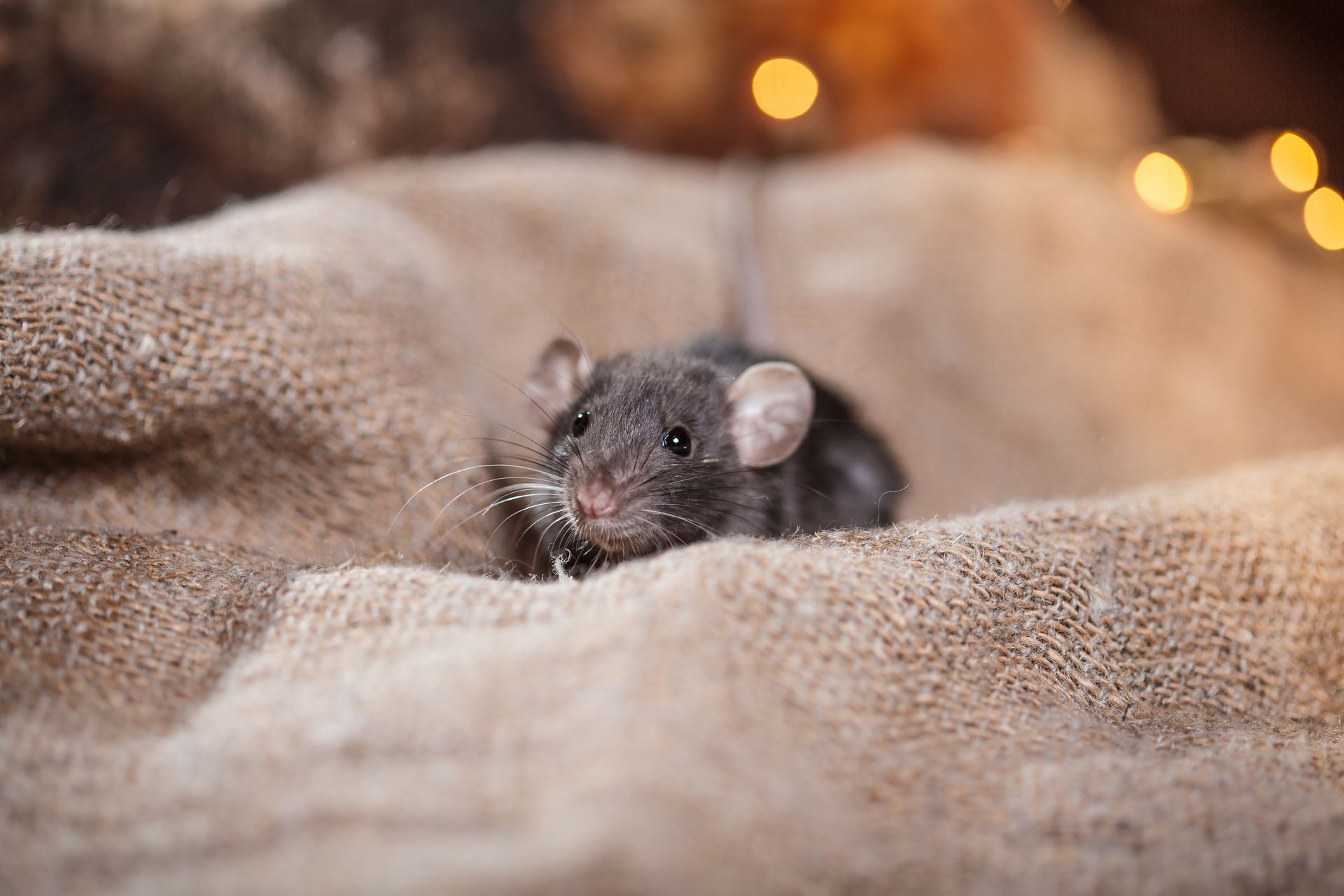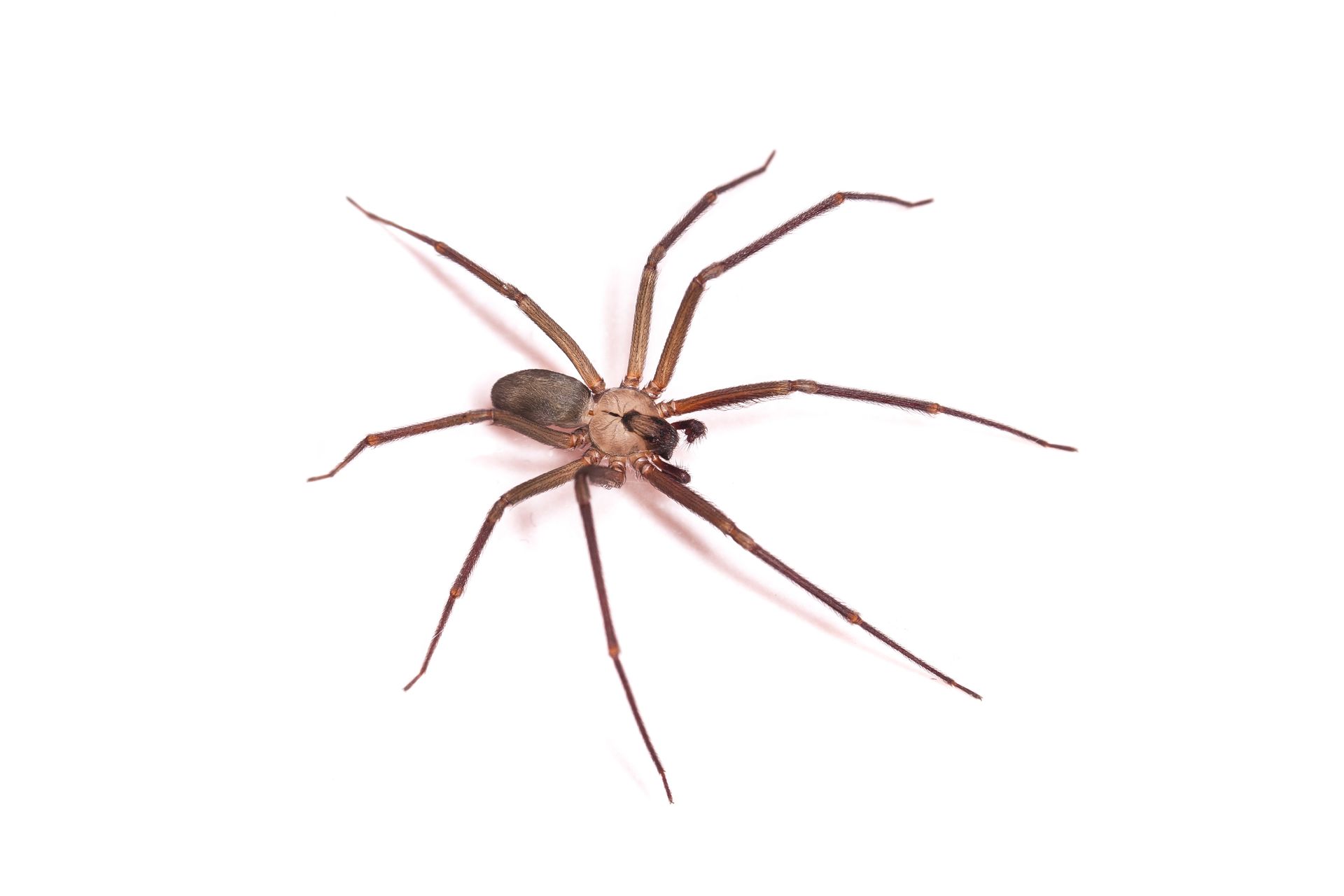Why Are Rodents Tough To Eradicate?
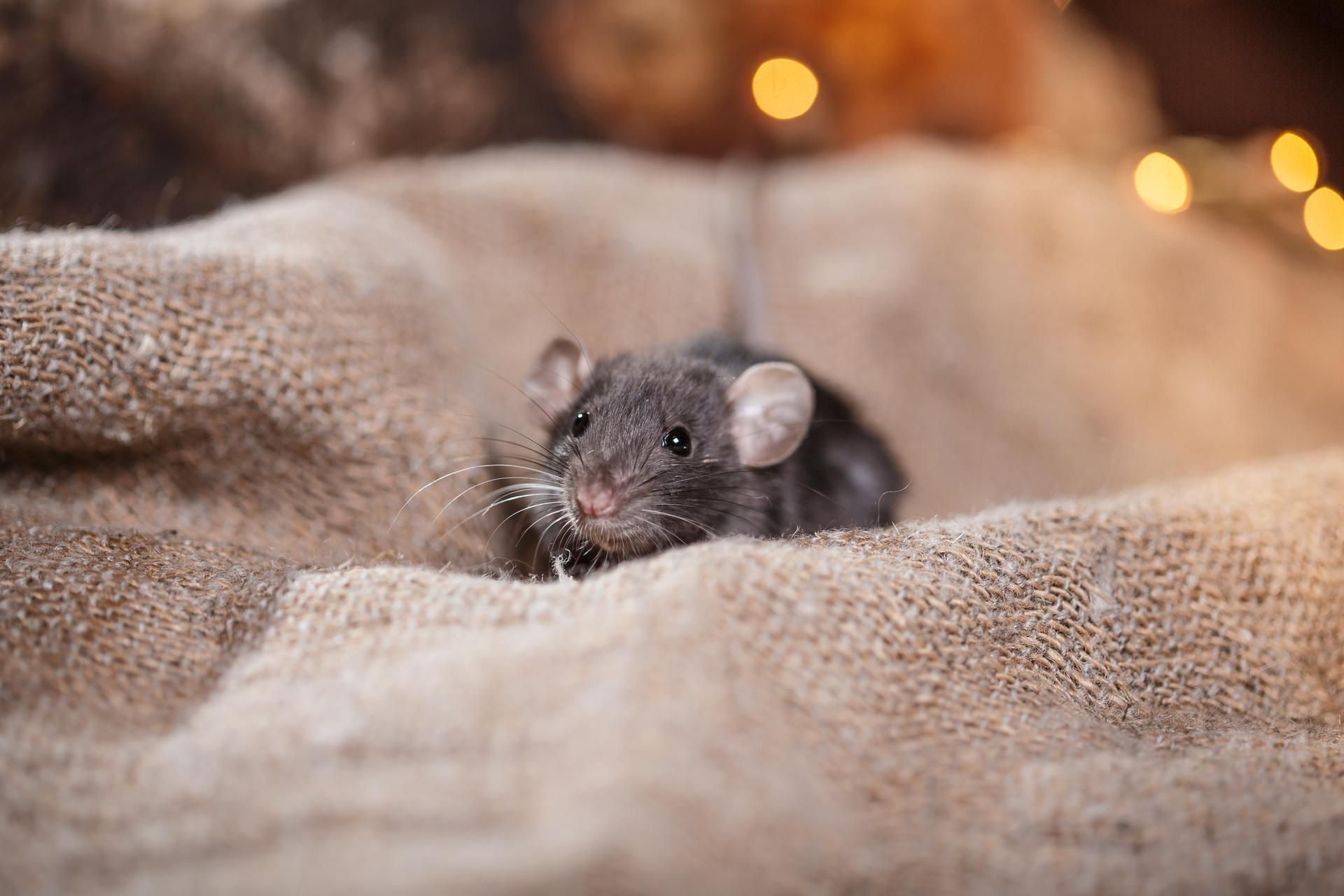
There's something both fascinating and frustrating about rodents. These small creatures, often uninvited guests in homes and workplaces, exhibit a level of resilience and adaptability that's nothing short of impressive. Yet, their tenacity becomes a significant challenge when they overstay their welcome, leading you into an exhausting battle to reclaim your space.
This blog post will uncover the unique characteristics and survival strategies that make rodents such formidable opponents, from their rapid reproduction rates to their uncanny ability to adapt to various environments.
Rapid Reproduction
Rodents like rats and mice are notorious for their incredibly fast breeding rates. A single pair of rodents has the potential to produce hundreds of offspring within a year, given the right conditions. This rapid reproduction means that even a small, initial population can quickly explode into a major infestation.
Moreover, the young rodents reach sexual maturity within weeks, allowing the reproduction cycle to continue at an alarming pace. In addition, females can become pregnant again while still nursing a litter, leading to even more offspring in a relatively short period.
This ability to multiply quickly gives rodents an upper hand in survival. It ensures that their numbers continue to grow despite attempts at eradication and allows them to repopulate areas where they have been previously eliminated.
Common pest control methods, such as poison or traps, may eliminate a portion of the population, but the remaining rodents can repopulate the area rapidly. This effectively outpaces such control efforts. You'll need help from a professional pest control company with practical and long-term solutions you might not have access to.
Agility and Speed
Rodents possess an inherent agility and speed that significantly contributes to their survival and exacerbates the difficulty of their eradication. Their compact size and agile bodies allow them to navigate complex and tight spaces effortlessly, making them hard to catch.
They're also adept climbers that can easily scale vertical surfaces and cross overhead wiring. This enables them to access various parts of a building, including the attic and wall voids.
The ability for vertical mobility, paired with their nocturnal nature, often allows them to forage for food, breed, and establish nests undetected. It becomes quite challenging to trace their paths and focus eradication efforts effectively.
Speed is another vital tool in a rodent's survival toolkit. For instance, mice are known to run up to 8 miles per hour, allowing them to escape threats quickly. Their swift reactions and movements offer a significant advantage in evading common eradication methods like traps.
Professionals know how to use these behaviors to their advantage, creating specific and targeted strategies to overcome these challenges. For instance, they may use baiting techniques to lure rodents into traps or utilize exclusion methods that deny them access to food and shelter. This approach proves far more effective than traditional methods of trapping and poisoning.
Hidden Habits
A rodent's nocturnal and elusive nature makes them challenging to eliminate. They prefer to hide in the smallest and darkest crevices, making detecting their presence difficult.
This behavior, coupled with their rapid reproduction rates, ensures that there's always a constant supply of rodents waiting in the wings. It makes it nearly impossible to eradicate every single rodent from a space without professional help.
In addition, rodents have sharp instincts for survival that allow them to navigate their environment undetected by humans. They're skilled at remaining hidden during daylight hours when they can forage for food without being noticed.
It's not until the infestation has grown out of control that they're seen scurrying around in broad daylight. By this point, the population is often so large that getting rid of them becomes a significant challenge.
But before things get out of control, you can always contact us at Pass Pest Control for effective and long-term solutions. We have the expertise, tools, and strategies to eliminate even the toughest rodent infestations. Don't let their tenacity defeat you—let us help you reclaim your space from these resilient creatures.

